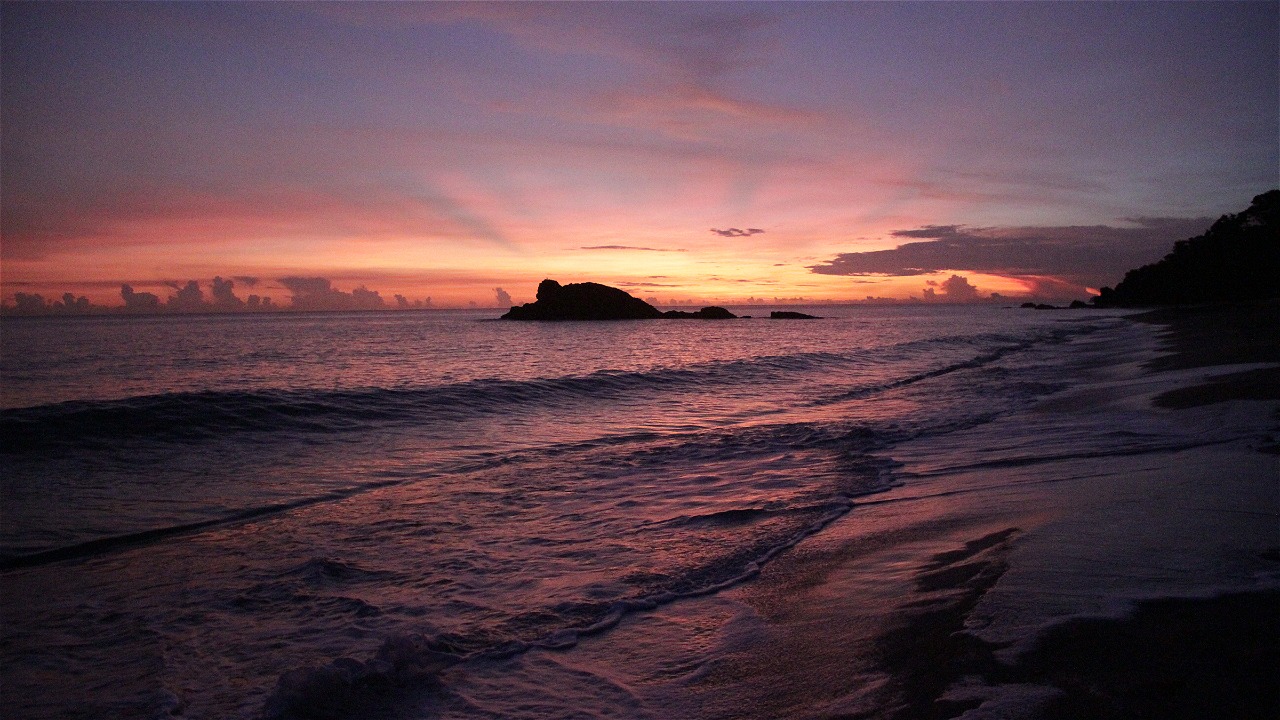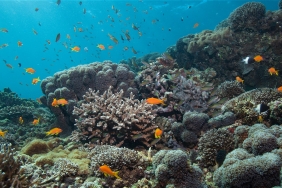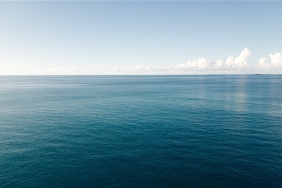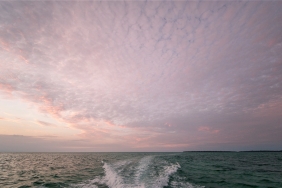BATNATA, GUARDIAN OF GOROM ISLAND'S MARINE WEALTH
Author: Terry Endropoetro (travel blogger http://negerisendiri.com/2016/web/)
It is the culture of Gorom youth to be fishermen, they used to go to sea since they were young, so La Banda told me when I and Syarif Yulius Hadinata (WWF-Indonesia) visited the house of Kadatua, one of the administrators of Batnata Fishermen Group, in Samboru Hamlet, Kataloka Village. A hamlet on Gorom Island, East Seram, which is one of the destinations of this Koon Expedition.
They usually go to sea in the morning or evening when the weather is good and the sea is calm. Using canoes and paddles, they look for fish in the surrounding waters. Some fishermen who own motorboats usually fish to waters that are a little further away, even to the opposite islands. Catching fish by fishing or spreading nets. There are times when the fishermen work together using two canoes containing 3-4 people each, the two canoes will be side by side and then throw the net in a circle. Then they will pat the surface of the water, attracting fish to enter the net.
Sometimes a dugong-a local fisherman's term for a dugong-is included in their net. The netted dugongs, which seem unlikely to live, are usually taken home for consumption. However, despite claiming that dugong meat is very tasty, if they find this fish alive, the fishermen will usually release it back, after taking its tears by beating it first. Frankly, I am not comfortable hearing it, imagining an animal being tortured for its tears, which are believed to be a talisman.
Besides dugong, hawksbill turtles, green turtles, and leatherback turtles are also often encountered by fishermen at sea. And in fact, the people of Gorom Island still often see turtle eggs being traded, carried by fishermen or traders on inter-island ships. Some fishermen on Gorom Island also admitted that when they find turtle eggs on the beach, they usually collect them, to be distributed to relatives.
The abundance of fish caught around Gorom Island is due to coral reefs and seagrass - plants that grow on the sand in the waters near the beach. That's where the fish breed. Unfortunately, 55% of the coral reefs around Gorom Island are damaged due to the use of bombs that were often used by fishermen in the past.
This condition was realized by the Batnata Fishermen Group - formed by WWF-Indonesia, which consists of 20 members who are active in restoring coral reefs using rock pile which is a composition of brick and liang stone (limestone). These are carried by boat and sunk in two separate places at a depth of 5 meters below sea level. The two rock piles were monitored every month, and by the fifth month the surface was covered with a layer of reef and sponge.
In the Old Gorom language, Batnata means to take good care of. It is this group of fishermen who strive to protect their marine environment. The place where they make a living to fulfill their family's needs. "For the future, we will make more piles in other places. Maybe it will not be transported by boat, but washed away with para-para (woven sago fronds) to be sunk in a different place," said Tufail Tuhuteru, chairman of the Batnata Fishermen Group. "We don't have any capital, we only have the will," he continued, closing the meeting.





